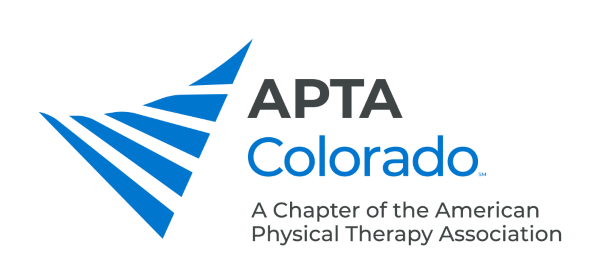Faster Therapy Start Decreases Risk for Future Opioid Use in Knee OA PatientsResearchers found delayed treatment increased risks that ranged from 25% to 150% depending on timing of the first visit. The MessageIn this study, researchers sought to measure the timing of physical therapy initiation with later opioid use in patients with incident knee osteoarthritis. They also compared patients they categorized as opioid naïve with those who had prior opioid use. A 2021 study conducted by the same group of authors found that patients who underwent total knee replacement and received physical therapy had notable reductions in risk for the use of opioids beyond 90 days after surgery compared with their counterparts who did not receive PT services. Receiving PT services prior to surgery also was associated with reduced risk. The present study again demonstrates the value of physical therapy in treating knee conditions. Regardless of the patient's prior experience with opioids, delaying the start of PT services was associated with higher risk of opioid use among patients with knee OA compared with patients who started treatment within one month of diagnosis. "The longer the delay in PT initiation, the greater was the risk," authors write. The StudyResearchers used deidentified medical, pharmacy, and physical therapy claims from the Optum Labs Data Warehouse to study adults 40 and older who had knee OA between 2001 and 2016. Patients were excluded from the study if they had a total knee replacement or other knee surgery, or if they had received PT treatment within the 12 months before the diagnosis. Participants were categorized as opioid experienced if they had any prior opioid use and as opioid naïve if they did not have any opioid prescriptions filled within the two years prior to the date of diagnoses of knee OA. Additionally, participants were grouped by when they received their initial PT visit compared with their diagnosis: less than one month, one to less than three months, three to less than six months, six to less than nine months, or nine to 12 months. APTA members Deepak Kumar, PT, PhD; James Camarinos, PT; and Kosaku Aoyagi, PT, PhD, are among the authors of the study. ParticipantsAmong the 67,245 total participants included in the study, 60.8% were female and 78.4% were white, 10.3% were Black, 6.3% were Hispanic, and 2.2% were Asian. The mean age was 61.5 years old. There were 35,899 participants categorized as opioid naïve and 31,346 participants categorized as opioid experienced. Among the opioid-naïve group, 44.4% started physical therapy within one month of diagnosis, 24.6% started between one and less than three months, 15.2% started between three and less than six months, 9.1% started between six and less than nine months, and 6.8% started between nine and 12 months. This breakdown was fairly similar for the opioid-experienced patients. Findings
|


